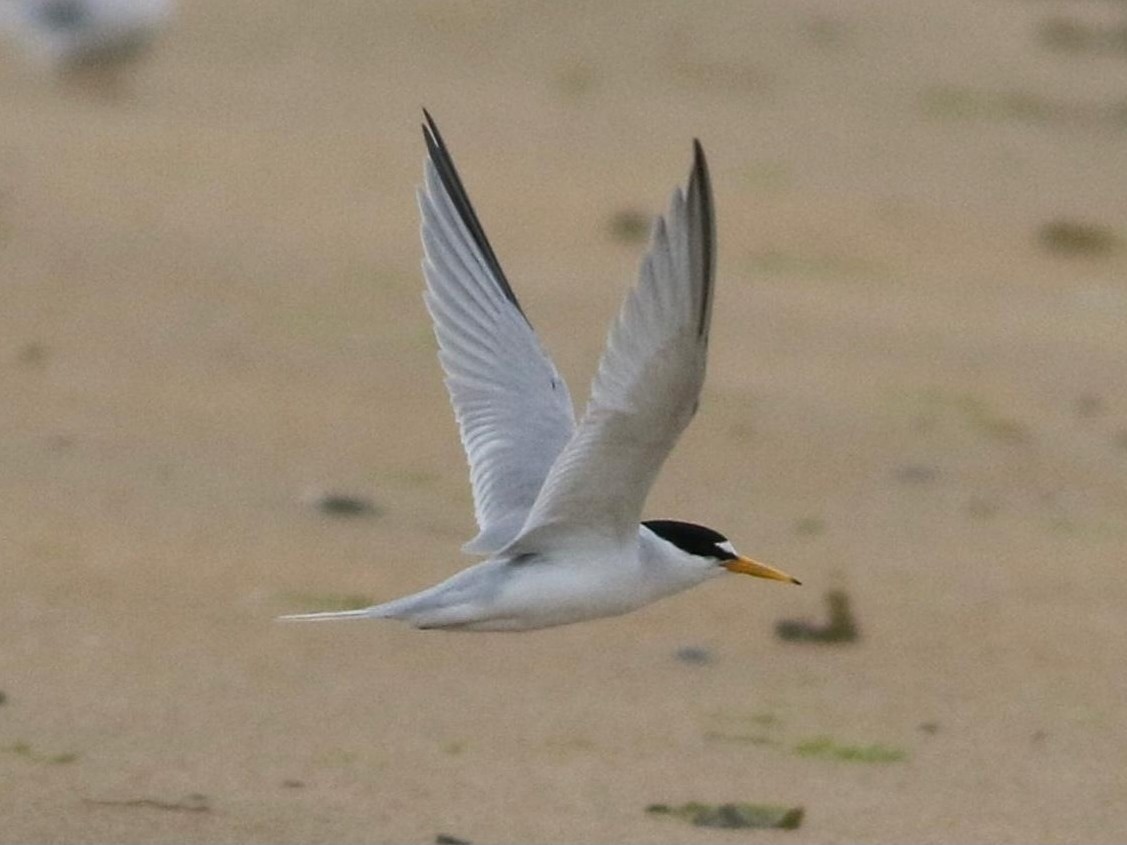Mysticete
Well-known member

I would guess this is from the worry about insect collectors harvesting the butterfly for their collections. This attitude isn't all that different than what you find with herping, where there is a real worry that someone posting there herping spot could result in the site being pillaged, potentially resulting in the destruction of habitat and the removal of animals.This was most apparent to me when I visited Texas during peak butterfly vagrancy. Butterfly reports are not quite akin to birds especially because there is no regular platform like eBird or Rare Bird Alerts, but nonetheless stuff was shared and we all appreciate it. Some people posted their rarities on Facebook, some only on Instagram, but many had their personal group chats where they only told people they trusted or respected. But this was a complex issue. For instance, many long-time observers here will refuse to share anything with "younger" generations. Other big observers do not get along with other big observers, which is how I missed a good rarity due to one observer incorrectly suspecting I was trying to make friends with his rival. Others are more lenient but still require you to provide photo proof that you've found several of your own rarities (which could take 3, 4 or 5 years to accrue) before they'd trust you and let you into their "club". There was a remarkable US first kept quiet for over a year unless you were in "the club" (that being 1 of 14 different "the clubs").
I, innocently and mistakenly, thought it was smart to post all of my own sightings (and those of people standing beside me at the garden) in a single post on Facebook. Apparently I crossed several lines by doing so, and I am not only banned from a reserve owned by one of the observers but I had to deal with (aka ignore) hostile phone calls and facebook messages for nearly two weeks following.
My bias against "secret clubs" aside, it doesn't seem to escalate quite that far in birding luckily. But aside from the ease of accessible platforms these days, I assume in part (even if a small part), this helps to fuel the division towards where sightings are spoken for.
It's why I consider myself a birder first: other than owls, birders are much more open about information, not to mention you can bird and generally see most species with a minimum of invasive methods.









